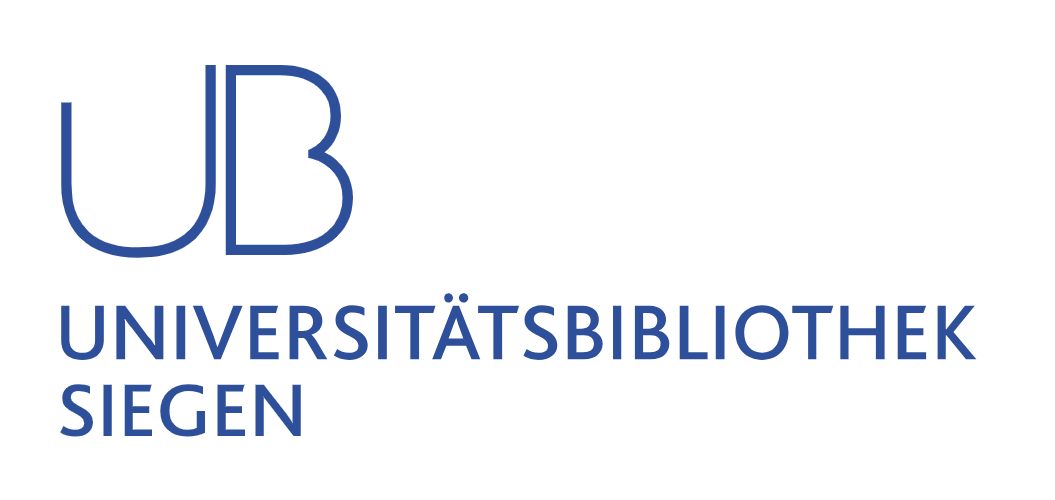Titelaufnahme
Titelaufnahme
- TitelFramework for coupled simulation of electrodialysis processes
- Titel-ÜbersetzungKonzept und Umgebung für gekoppelte Simulationen von Elektrodialyse-Prozessen
- Verfasser
- Erschienen
- SpracheEnglisch
- DokumenttypBuch
- Schlagwörter
- URN
- DOI
Zugriffsbeschränkung
- Das Dokument ist frei verfügbar
Links
- Social MediaShare
- NachweisKein Nachweis verfügbar
- IIIF
Dateien
Abstract
Electrodialysis is an efficient process for seawater desalination that involves
various interacting phenomena. In this process, ions are transported by
flow, diffusion and an electric force and separated by selective membranes.
For the optimization of this process, it is important to understand these
interactions. This work presents rigorous mathematical models to describe
the overall process and develops a numerical strategy for its simulation.
With this approach it becomes possible to simulate the involved physical
effects and their interactions in detail. To achieve this, the Maxwell-Stefan
equations for mixtures are used. They take into account the electrical
force and the multicomponent interactions with concentration dependent
diffusivity coefficients and thermodynamic factors. Additionally, the usual
assumption of local electroneutrality is not assumed to allow the nonideal
effects in the electrical double layer near the membrane. For the numerical
solution of these equations, the multicomponent lattice Boltzmann method
(LBM) is developed and implemented in the solver Musubi. This model
for the channel flow is coupled with an electric field and a model for the
membranes. To obtain the electric field, the LBM that solves the Poisson’s
equation is implemented in Musubi.
The channels between the membranes are realized by spacers with
complex geometry. A mesh generator (Seeder) on the basis of octrees is
developed to ensure the appropriate discretization of the mesh for these
channels. An essential part of this work is dedicated to the development
of the parallel scaling coupling tool APESmate. APESmate is developed
within the APES suite along with Seeder and Musubi on a central octree
data structure that allows efficient handing of I/O on large scale distributed
parallel computing systems.
The developed software is used to compare the nonideal multicomponent
model for various concentrations and surface potentials. The results show
that nonideal effects increase with the concentration, especially in the
electrical double layer. The spacers for various hydrodynamic angles and
inflow velocities near and away from a sealed corner are investigated to
find the design with reduced pressure drop and without low velocity zones.
The highly resolved simulations show that the pressure drop increases
with the hydrodynamic angle, while the extend of the low flow regions
decreases.
Zusammenfassung
Elektrodialyse ist ein effizientes Verfahren zur Meerwasserentsalzung, in
dem verschiedene Phänomene zusammenwirken. Ionen werden dabei durch
Strömung, Diffusion und eine elektrische Kraft transportiert und mittels
selektiven Membranen getrennt. Für die Optimierung dieses Prozesses
ist ein Verständnis der Interaktion dieser Effekte wichtig. Diese Arbeit
präsentiert rigorose mathematische Modelle des Gesamtprozesses und erarbeitet
eine numerische Strategie zur Simulation. Durch diesen Ansatz wird
es möglich, die auftretenden Effekte mit ihren komplexen Interaktionen
detailliert zu simulieren. Dazu werden die Maxwell-Stefan Gleichungen für
Gemische verwendet, die auch die elektrische Kraft und Mehrkomponentenwechselwirkungen
mit konzentrationsabhängigen Diffusions- und thermodynamischen
Faktoren berücksichtigt. Darüber hinaus wird hier ebenfalls
nicht die übliche Annahme der lokalen Elektroneutralität getroffen, um
die Effekte in der elektrochemischen Doppelschicht an den Membranen zu
ermöglichen. Für die numerische Behandlung dieser Gleichungen wird ein
Lattice-Boltzmann (LBM) Verfahren im Löser Musubi implementiert. Das
Modell der Kanaldurchströmung wird mit einem elektrischen Feld und
einem Modell für die Membranen gekoppelt. Für das elektrische Feld wird
in Musubi eine LBM zur Lösung der Poisson Gleichung implementiert.
Die Kanäle zwischen den Membranen werden durch Abstandshalter mit
komplexer Geometrie realisiert. Um eine passende Diskretisierung des
Gitters für diese Kanäle zu gewährleisten wird ein Gittergenerator (Seeder)
auf der Basis von Octrees entwickelt. Ein wesentlicher Teil dieser Arbeit ist
der Entwicklung des parallel skalierbaren Kopplungswerkzeugs APESmate
gewidmet. APESmate wird im Rahmen der APES-Suite neben Seeder
und Musubi entwickelt und erlaubt die Interaktion verschiedener Löser
auf Basis einer gemeinsamen zentralen Octree-Datenstruktur, die eine effiziente
Handhabung der I/O auf großen verteilt parallelen Rechensystemen
ermöglicht.
Die entwickelte Software wird verwendet, um das nichtideale Mehrkomponentenmodell
für verschiedene Konzentrationen und Oberflächenpotentiale
zu vergleichen. Die Ergebnisse belegen, dass nichtideale Effekte, insbesondere
in der elektrochemischen Doppelschicht, mit der Konzentration
zunehmen. Die Abstandshalter werden mit mehreren hydrodynamischen
Winkeln und Einströmgeschwindigkeiten nahe und fern einer Ecke untersucht,
um die Auslegung mit minimalen Druckabfall und ohne Totwassergebiete
zu bestimmen. Diese hochaufgelösten Simulationen zeigen, dass der
Druckabfall mit dem hydrodynamischen Winkel zunimmt, während die
Größe der Zonen mit geringer Durchströmung abnehmen.
Inhalt
Statistik
- Das PDF-Dokument wurde 9 mal heruntergeladen.
Lizenz-/Rechtehinweis


